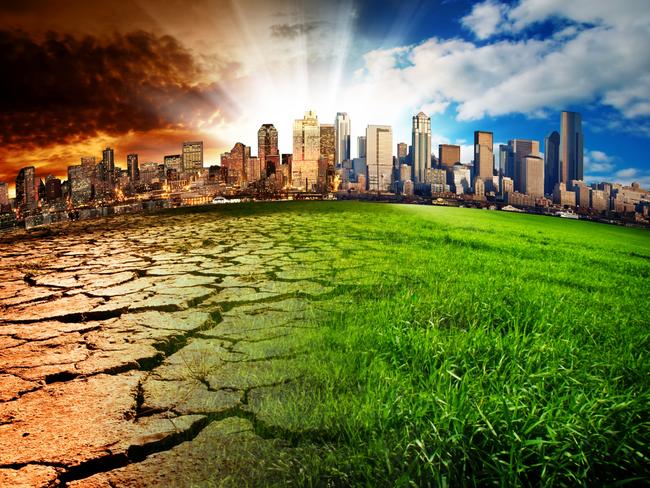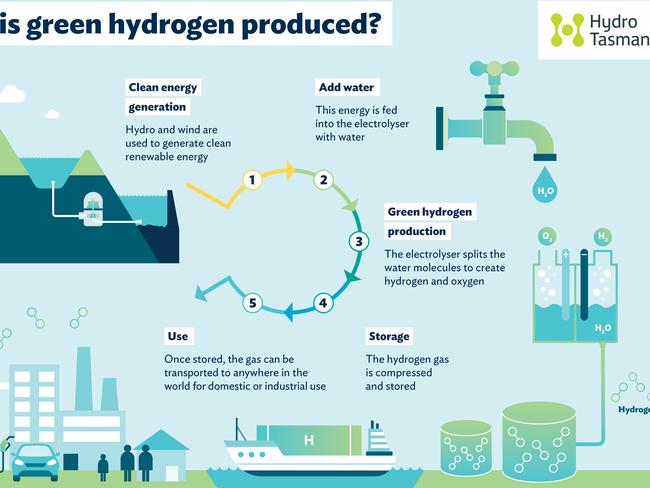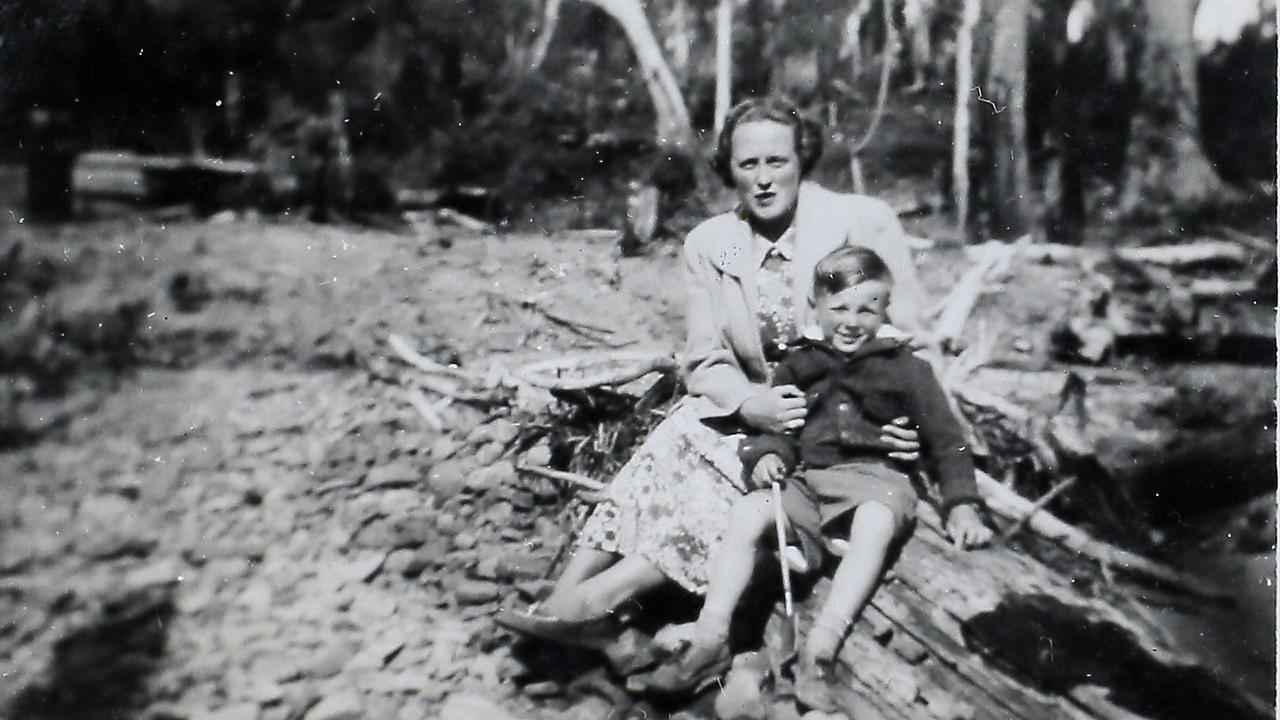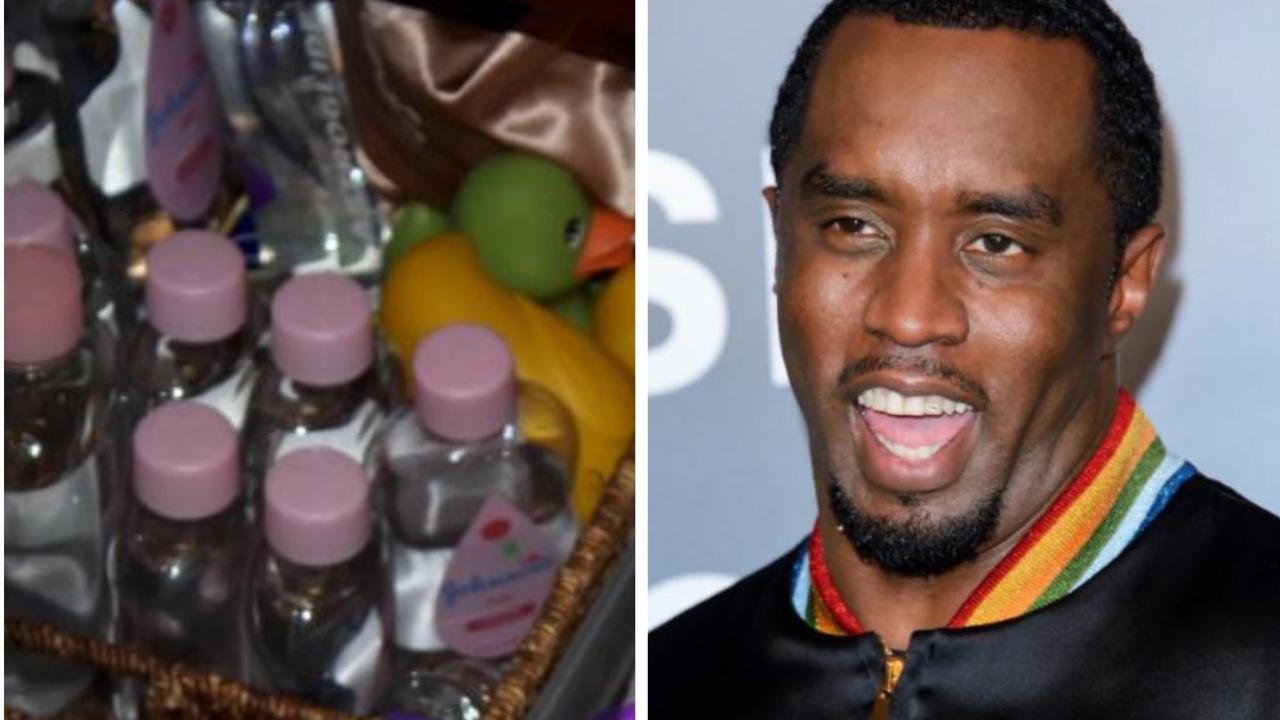Tassie potential for hydrogen buses, ferries and barges
GUY BARNETT: Clean hydrogen production has the edge on hydrogen made by coal-fired energy

Opinion
Don't miss out on the headlines from Opinion. Followed categories will be added to My News.
Economies around the world are looking to reduce their reliance on carbon, driving an increase in demand for reliable renewable energy, providing a huge opportunity for Tasmania.
We have long batted above our average, producing more than 25 per cent of Australia’s renewable energy, despite being 2 per cent of the population.
The challenge has been how to transport our clean, reliable, renewable energy to the mainland and the world. Renewable hydrogen offers the answer, which is why the Liberal Government is investing $50 million over 10 years to build a renewable hydrogen industry. Our industry development support package, the largest in the nation, will kickstart the renewable hydrogen industry, creating hundreds of jobs and injecting billions into our economy, particularly in regional areas. We will invest $20 million through a Tasmanian Renewable Hydrogen Fund, make up to $20 million in concessional loans and up to $10 million in support services, which include competitive electricity supply arrangements and payroll tax relief.
Funding will be available alongside the Australian Renewable Energy Agency’s $70 million hydrogen funding round, as state and federal governments work together to deliver this nationally significant development.
The National Hydrogen Strategy indicates that by 2050, an Australian hydrogen industry could generate 17,000 jobs and $26 billion in GDP nationally under a “hydrogen: energy of the future” scenario. Hydrogen, the lightest and most abundant element in our universe, is an excellent carrier of energy, and can be used for transport fuel, as a substitute for natural gas and for electricity generation and used in chemical production and metals processing.
Hydrogen can be produced from water using electrolysis. Using our renewable energy, we can produce hydrogen with zero emissions, making it very attractive to both domestic and international markets, including Japan, South Korea, Singapore and China.

Unlike other forms of energy generation, renewable hydrogen doesn’t require transmission cables or batteries, because it can be stored and transported by ship to any market in the world.
Analysis indicates that Tasmania can produce renewable hydrogen up to 15 per cent cheaper than from the mainland power grid, and up to 30 per cent less than off-grid renewable resources, thanks to our strong transmission infrastructure, water and deepwater ports.
This means Tasmania can produce cost-effective, large-scale emissions-free hydrogen, giving us an advantage over states that rely on coal-fired energy to produce hydrogen.
The Tasmanian Government has been working with interested proponents and has hosted national and international delegations to investigate the unique opportunity that Tasmania provides.
The Tasmanian Renewable Hydrogen Action Plan maps out our vision to be generating clean renewable hydrogen by 2022-2024, and commercially exporting hydrogen by 2030.
The plan identified Bell Bay and Burnie as potential Hydrogen Hubs, saying a 1000MW renewable hydrogen facility (enough for a million households) was feasible, would create 1000-1200 local jobs, and support a further 2000MW of renewable energy investment.
Developing a renewable hydrogen industry works alongside Marinus Link and Battery of the Nation projects, and it complements our commitment to action on climate change. While Tasmania is on track to meet our target of 100 per cent renewable energy by 2022, the Premier has announced a new renewable energy target of 200 per cent of our current needs by 2040, to double our renewable generation. This target will put Tasmania at the forefront globally. The plan also outlines opportunities in government to increase hydrogen uptake, including hydrogen buses, fleet vehicles, ferries and barges. It is expected private operators will readily take up the option to use renewable hydrogen once it’s commercially available.
See www.stategrowth.tas.gov.au
Guy Barnett is Tasmanian Energy Minister.


